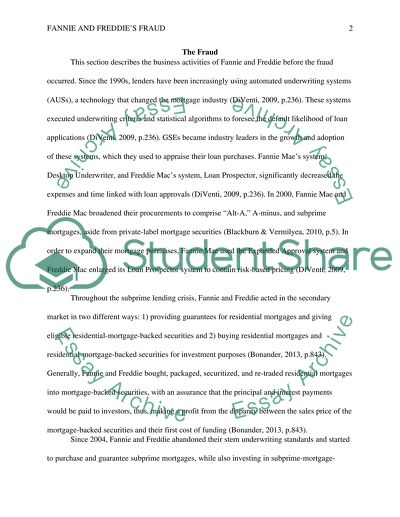Cite this document
(“Fannie Mae and Freddie Mac Earnings Misstatements Research Paper”, n.d.)
Fannie Mae and Freddie Mac Earnings Misstatements Research Paper. Retrieved from https://studentshare.org/finance-accounting/1467759-fannie-mae-and-freddie-mac-earnings-misstatements
Fannie Mae and Freddie Mac Earnings Misstatements Research Paper. Retrieved from https://studentshare.org/finance-accounting/1467759-fannie-mae-and-freddie-mac-earnings-misstatements
(Fannie Mae and Freddie Mac Earnings Misstatements Research Paper)
Fannie Mae and Freddie Mac Earnings Misstatements Research Paper. https://studentshare.org/finance-accounting/1467759-fannie-mae-and-freddie-mac-earnings-misstatements.
Fannie Mae and Freddie Mac Earnings Misstatements Research Paper. https://studentshare.org/finance-accounting/1467759-fannie-mae-and-freddie-mac-earnings-misstatements.
“Fannie Mae and Freddie Mac Earnings Misstatements Research Paper”, n.d. https://studentshare.org/finance-accounting/1467759-fannie-mae-and-freddie-mac-earnings-misstatements.


